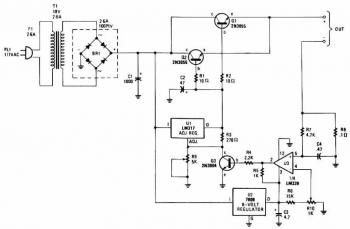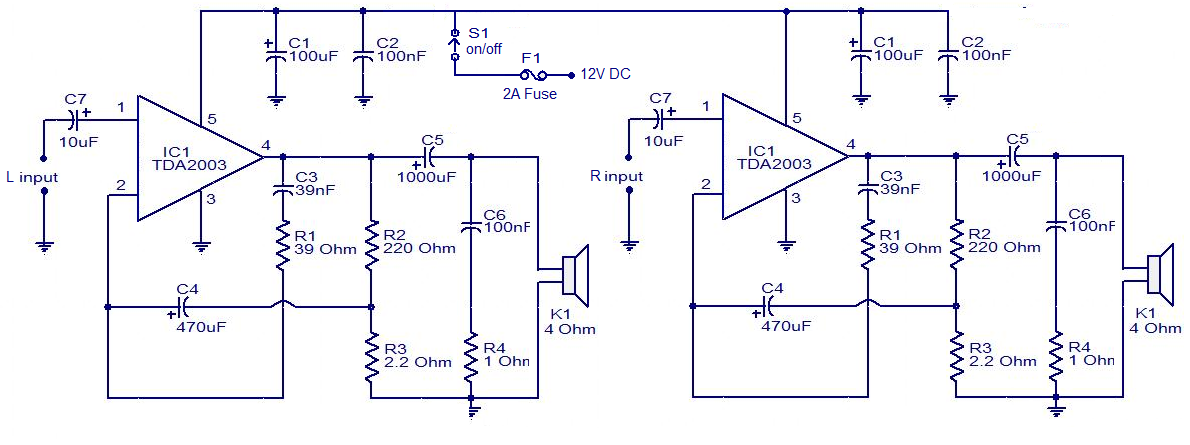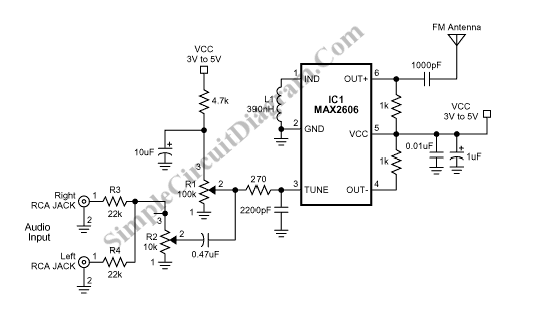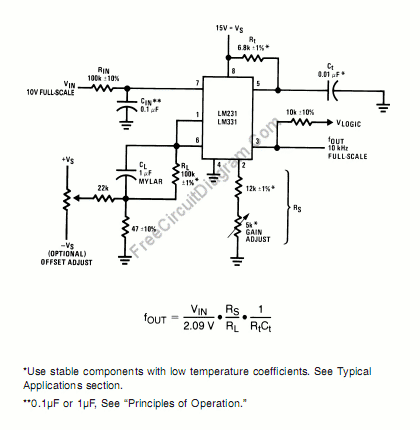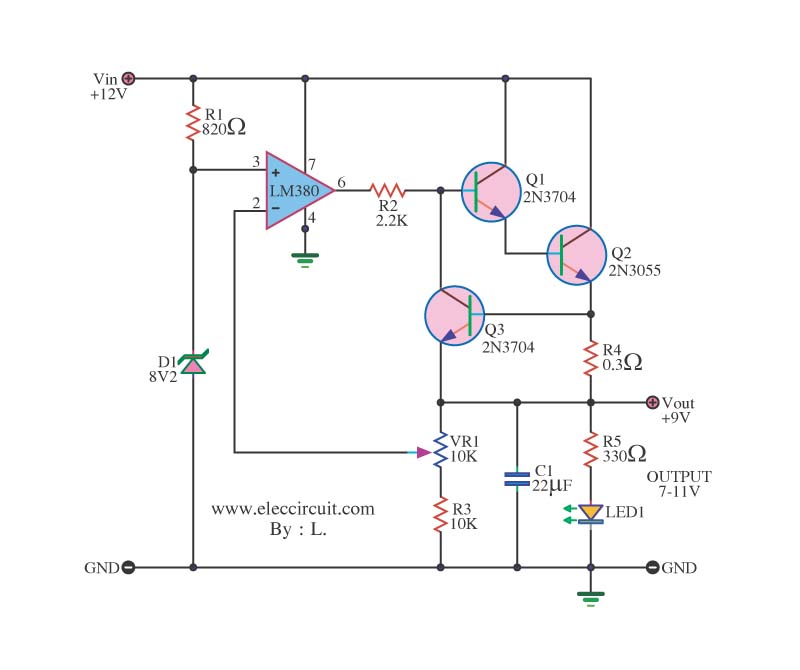
Autonomous Fast NiMH Battery Charger Using Single Chip IC
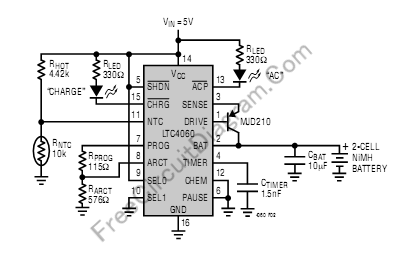
This simple battery charger circuit is designed for NiMH/NiCd batteries. It requires no microcontroller or any programming. Linear Technology Corporation.
The described battery charger circuit is intended for use with nickel-metal hydride (NiMH) and nickel-cadmium (NiCd) batteries, which are commonly utilized in various applications due to their rechargeable nature and reliability. The circuit operates without the need for a microcontroller, simplifying the design and reducing potential points of failure.
The fundamental operation of the charger involves a linear regulation method, which provides a stable output voltage suitable for charging these types of batteries. The circuit typically consists of a transformer, rectifier, and a linear voltage regulator. The transformer steps down the AC voltage from the mains supply to a lower AC voltage. The rectifier, often implemented using diodes, converts this AC voltage to DC voltage. Following this, the linear voltage regulator ensures that the output voltage remains constant, even if the input voltage fluctuates.
To protect the batteries from overcharging, the circuit may include a simple voltage detection mechanism that monitors the battery voltage. When the battery reaches its full charge, the circuit can either reduce the charging current or completely disconnect the power supply to prevent damage to the battery.
Additionally, the charger may incorporate indicators such as LEDs to signal the charging status. For instance, a red LED may indicate that charging is in progress, while a green LED signifies that the battery is fully charged.
The simplicity of this design makes it suitable for hobbyist applications and small-scale manufacturing, where cost and ease of implementation are critical. Overall, this battery charger circuit represents an efficient solution for maintaining the charge of NiMH and NiCd batteries without the complexities associated with microcontroller-based designs.This simple Batteries charger circuit is designed for NiMH/NiCd batteries. It need no micro-controller nor any programming. Linear Technology Corporation. 🔗 External reference
The described battery charger circuit is intended for use with nickel-metal hydride (NiMH) and nickel-cadmium (NiCd) batteries, which are commonly utilized in various applications due to their rechargeable nature and reliability. The circuit operates without the need for a microcontroller, simplifying the design and reducing potential points of failure.
The fundamental operation of the charger involves a linear regulation method, which provides a stable output voltage suitable for charging these types of batteries. The circuit typically consists of a transformer, rectifier, and a linear voltage regulator. The transformer steps down the AC voltage from the mains supply to a lower AC voltage. The rectifier, often implemented using diodes, converts this AC voltage to DC voltage. Following this, the linear voltage regulator ensures that the output voltage remains constant, even if the input voltage fluctuates.
To protect the batteries from overcharging, the circuit may include a simple voltage detection mechanism that monitors the battery voltage. When the battery reaches its full charge, the circuit can either reduce the charging current or completely disconnect the power supply to prevent damage to the battery.
Additionally, the charger may incorporate indicators such as LEDs to signal the charging status. For instance, a red LED may indicate that charging is in progress, while a green LED signifies that the battery is fully charged.
The simplicity of this design makes it suitable for hobbyist applications and small-scale manufacturing, where cost and ease of implementation are critical. Overall, this battery charger circuit represents an efficient solution for maintaining the charge of NiMH and NiCd batteries without the complexities associated with microcontroller-based designs.This simple Batteries charger circuit is designed for NiMH/NiCd batteries. It need no micro-controller nor any programming. Linear Technology Corporation. 🔗 External reference
Warning: include(partials/cookie-banner.php): Failed to open stream: Permission denied in /var/www/html/nextgr/view-circuit.php on line 713
Warning: include(): Failed opening 'partials/cookie-banner.php' for inclusion (include_path='.:/usr/share/php') in /var/www/html/nextgr/view-circuit.php on line 713
